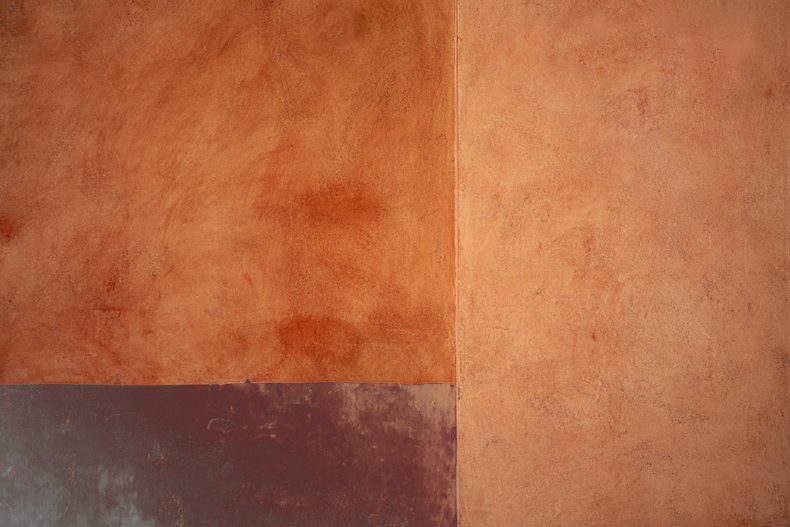Brown is not the most exciting color, but it’s still an important and useful color. So, if you’re wondering what the opposite of brown on the color wheel is, read on!
One of the basic rules of color theory is that colors have complementary colors. We also call them opposite colors because they are opposite each other on the color wheel.
You might even know some of these opposite colors, even if you’ve never used a color wheel. For example, green and red are well-known contrasting colors.
But what is the opposite of brown on the color wheel? That’s a trickier question to answer, but let’s dive in and find out.
The Color Brown
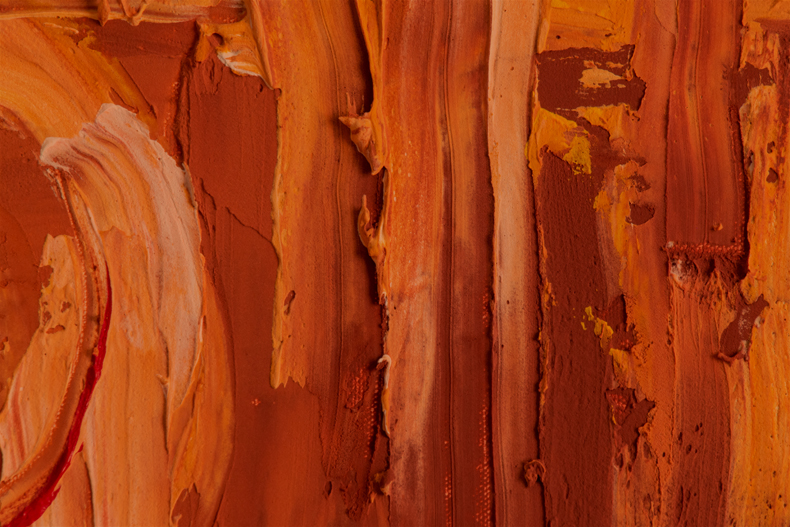
Brown is sometimes considered a dull or boring color. But it carries great significance as it’s one of the earliest pigments humans ever used to create art.
This color has been around for millennia. If you look at prehistoric cave paintings, you’ll find that most of them are a shade of brown.
Brown has many meanings, from stability and strength to safety and security. So, as you can see, it’s often a very comforting color.
And we can’t ignore that brown is one of the most common colors in the natural world. It’s an earthy and grounding color and one you’re likely to use as an artist.
But we sometimes use the color brown to portray feelings of sadness or boredom. That means it has some negative connotations, too.
What is Brown According to Color Theory
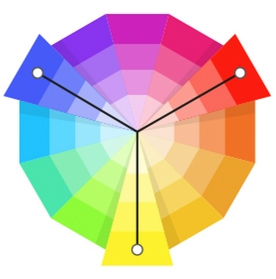
Now, we need to dive deeper into color theory and look at some definitions.
We have three main types of color – you probably learned about them in art class at school. But where does brown fall according to the color wheel?
They are primary, secondary, and tertiary colors. The primary colors are red, blue, and yellow.
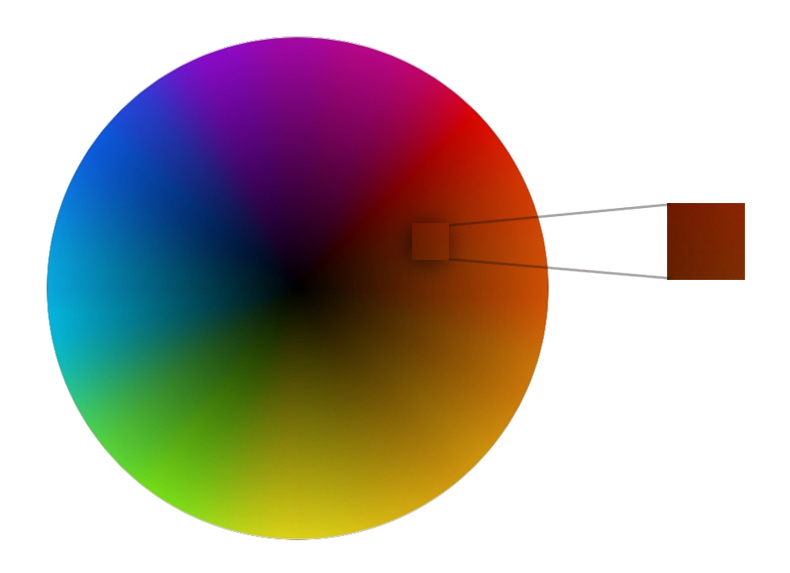
We can make a secondary color by mixing two primaries; for example, blue and yellow make green. And we make a tertiary color by mixing a primary and a secondary color together. So, blue and violet make violet-blue.
But what is brown classed as according to color theory? By these definitions, it’s none of these.
Instead, brown is a composite color. It’s what you get when you mix all three primary colors together.
However, some consider brown a very dark shade of orange. So, in effect, it’s what you get when you take the saturation away from the color orange.
Is Brown a Color or a Hue?
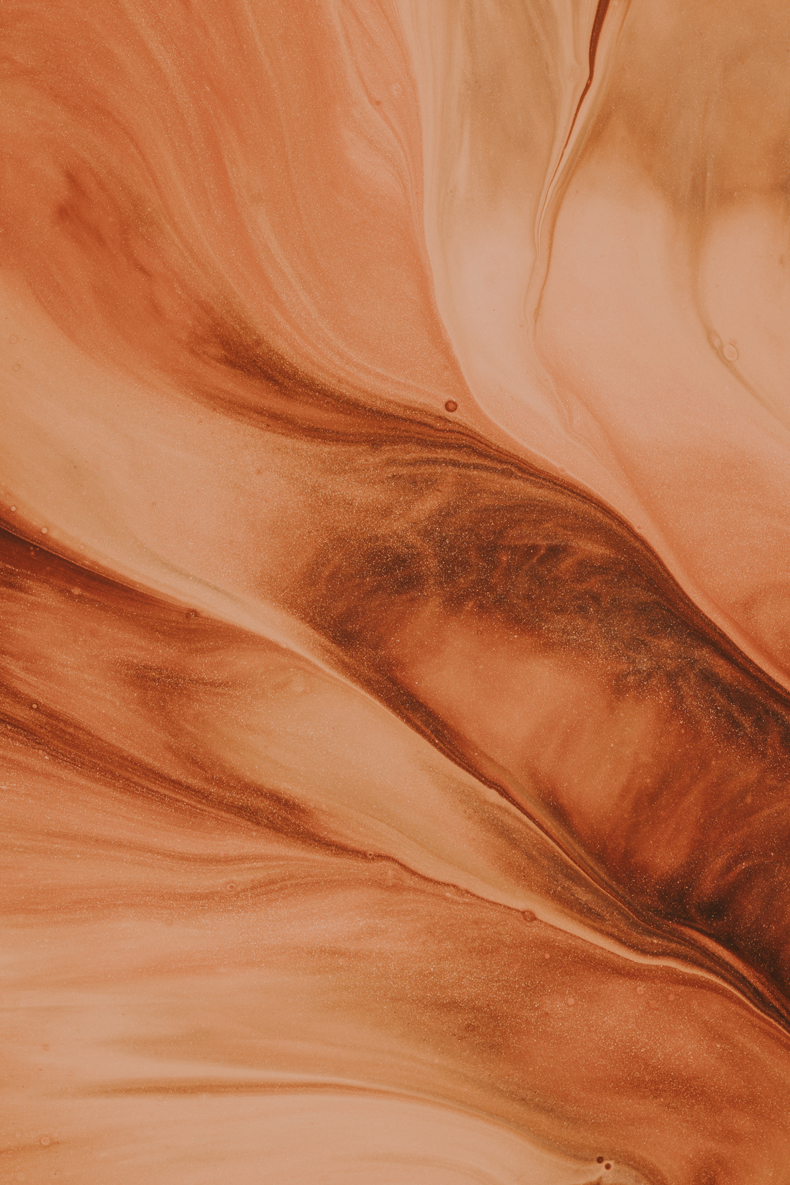
Here’s another stumbling block for many artists. You might see the terms ‘color’ and ‘hue’ referenced and used interchangeably. But they don’t mean the exact same thing.
The definition of a huge is a color that exists in a pure state in the light spectrum.
That means each of the color families we see in the rainbow is a hue. So, red, green, blue, yellow, and violet are all hues.
But you’ll never see the color brown in a rainbow. So, we can’t consider brown a hue. As mentioned above, it’s either thought of as a composite color or an unsaturated shade of orange.
Either way and despite the jargon, brown is a distinctive color that’s easy to recognize.
When it comes to definitions, hue is a broader term that refers to the root color in the light spectrum.
But we can get more specific when we use the term ‘color’. There are many more colors than hues.
That’s because color considers the saturation and brightness levels, too. So, it’s more about how we perceive colors, with many more possibilities than with hues..
How the Color Wheel Works
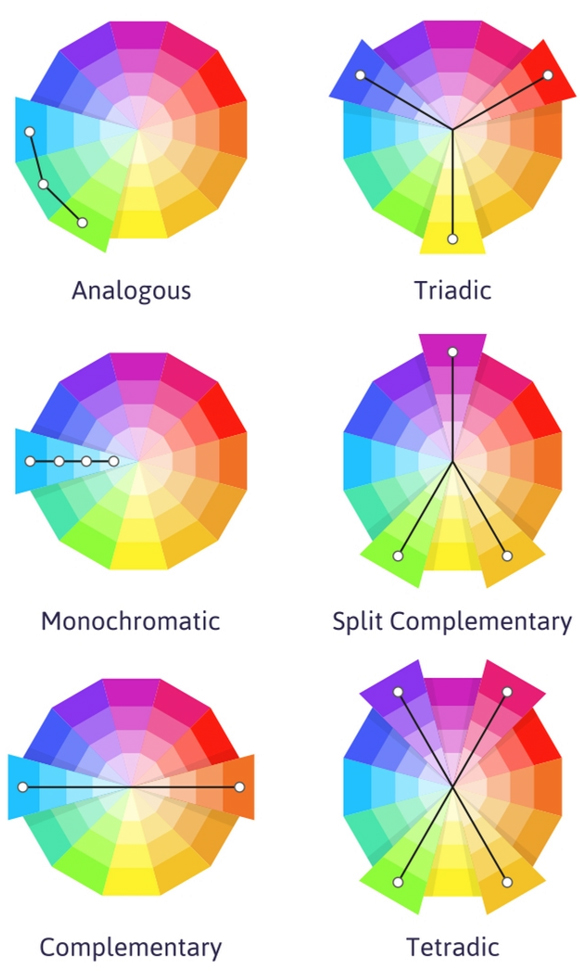
A color wheel is a helpful tool for anyone who works with colors.
It shows us the primary, secondary, and tertiary colors. And it allows us to understand how they relate and interact with each other.
Most color wheels show only these three main types of colors. So, you won’t find the color brown on a basic color wheel.
But some color wheels are more detailed and display a wider range of colors. On this kind of expanded color wheel, you’ll see brown on the outside ring of the wheel.
And in that case, you’ll see that brown is the darkest shade of orange.
Relationships Between Colors on the Color Wheel
You can use the color wheel to understand the relationship between colors.
For example, complementary colors are opposite each other on the color wheel.
And analogous colors are three colors next to each other on the wheel. For example, orange, yellow-orange, and yellow are analogous colors.
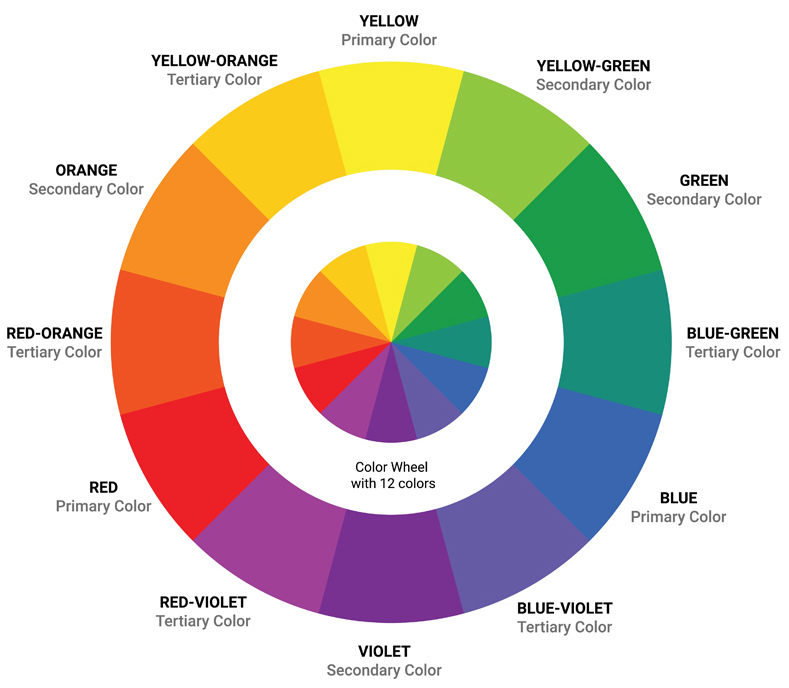
A triadic color scheme is made up of three colors spaced equally on the color wheel. One example of triadic colors is green, orange, and purple. Red, yellow, and blue are also triadic colors.
You may also come across tetradic colors. That refers to two pairs of complementary colors in a rectangular shape on the color wheel.
As you can see, the color wheel is very useful if you know how to use it!
What is the Opposite of Brown on the Color Wheel?
So, now you’ve had a decent introduction to the color wheel and color theory. Now, it’s time to answer your question – what is the opposite of the color brown?

You’ll find brown on the far outside ring on an expanded color wheel. It’s displayed as the darkest shade of orange.
And so, that means it’s directly opposite the color blue. As a result, the opposite color of brown is dark blue.
But it also depends on which shade of brown we’re talking about. Just like with any other color, brown shades can vary a lot. So, dark violet or dark blue-green can also be opposite colors to brown.
Do Blue and Brown Go Well Together?
Most opposite colors contrast against each other to create a striking combination.
Think of blue and orange or purple and yellow and how vivid they look when used together. These colors aren’t similar, but they go well together and are eye-catching and appealing.
But you can also pair more neutral shades together. While sky blue will look beautiful with bright yellow, dark blue is better suited to a muted brown. Together, they will look chic and stylish. You can use these colors together in interior design, fashion, or a logo.
Blue and brown have different hues but still complement each other. And even though they are opposite colors, they have some similarities. For example, many shades of brown have a blue bias or undertone. So, that’s one reason these colors look so good together.
What Colors Go With Brown?
Here’s some inspiration if you’re looking for more colors that go with brown.
You can pair orange with brown for a rich and earthy color palette. I mentioned that brown is a very dark, desaturated version of the color orange. But they look very different.












The color orange is bright and vivid, while brown is calmer and more muted. So, they contrast and bring out the best in each other. And they’re both warm colors that look cozy.
If you want a more minimalist look, you can go for white. It especially suits a dark chocolate brown for a simple yet warm and inviting look.
Gold is another option. The more sedate brown color will enhance gold’s vivid metallic sheen.
And you can create an interesting contrast by pairing turquoise and brown together.
The Wrap Up
Understanding colors is essential for any artist, graphic designer, or creative. It even applies if you’re a fashion designer or interior designer!
Now, you’ll have a much deeper understanding of the color brown and the colors that look good with it. And you’ll understand how and why dark blue is the opposite of brown.
So, you’ll be able to use colors strategically to create effective color palettes.
What do you want to learn next about color theory? Share with me in the comments below.
And follow us for all the best tips and resources.

